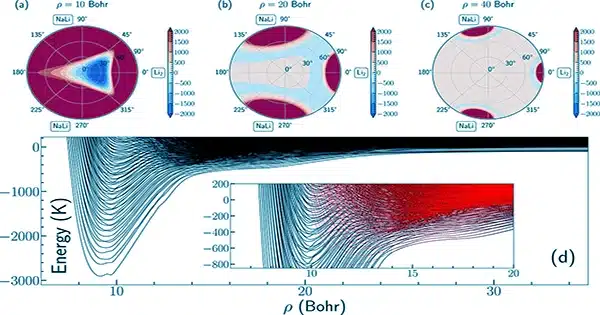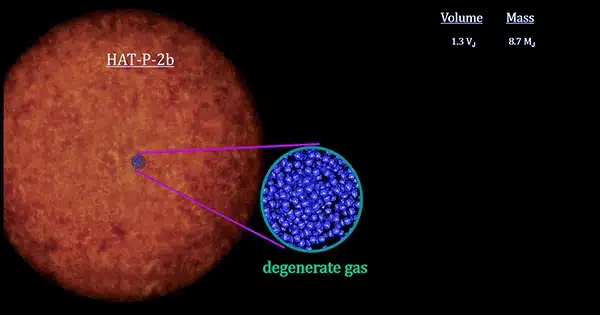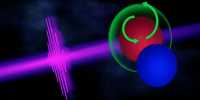Physicists have been attempting to control chemical reactions in the quantum degenerate domain, where the de Broglie wavelength of particles becomes similar to the space between them, in recent years. Theoretical predictions suggest that many-body interactions between bosonic reactants in this domain will be characterized by quantum coherence and Bose enhancement, but experimental validation has proved problematic.
The University of Chicago researchers have set out to observe these elusive many-body chemical interactions in the quantum degenerate zone. Their research, which was published in Nature Physics, describes the discovery of coherent, collective reactions between Bose-condensed atoms and molecules.
“The quantum control of molecular reactions is a fast-progressing research area in atomic and molecular physics,” Cheng Chin, one of the study’s authors, told Phys.org.

“Many people envision cold molecules being used in precision metrology, quantum information, and quantum control of chemical reactions.” One of the most important scientific goals is quantum super-chemistry. Over 20 years ago, researchers predicted that when reactants and products are synthesized in a single quantum state, quantum mechanics might collectively boost chemical processes.”
For some years, researchers have wanted to improve chemical reactions using quantum mechanical methods. These accelerated chemical processes, dubbed “super reactions,” are similar to superconductivity or laser operation, but use molecules instead of electrons or photons.
The fundamental goal of Chin and his colleagues’ latest work was to observe many-body super reactions in a quantum degenerate gas. They carried out their studies using a Bose condensed cesium atom, a strongly electropositive and alkaline element that has been widely exploited in the development of atomic clocks and quantum technology.
“Cesium atoms are chemically reactive at low temperatures and can be converted into a molecular Bose condensate with high efficiencies,” noted Chin. “We monitored the dynamics of molecular formation in the atomic condensate and observed macroscopic quantum coherence between atoms and molecules.”
The team’s experiments produced a number of intriguing results. They discovered that superchemical processes in condensate caesium atoms were characterized by the rapid synthesis of molecules at first. These molecules oscillated at varied speeds as they approached equilibrium. Samples with a higher atom density seemed to oscillate faster, indicating a Bosonic amplification of the processes.
“Our work demonstrates new guiding principles for chemical reactions in the quantum degenerate regime,” said Chin. “We show, in particular, that all atoms and molecules can react collectively as a whole.” Such many-body reactions offer controls for advancing and reversing chemistry without dissipation, as well as steering the reaction pathway into desired products.”
Chin and colleagues’ latest study adds to our current understanding of quantum many-body chemical processes by laying forth a plausible path for controlling these events at quantum degeneracy. The researchers present a quantum field model in their publication that captures the main dynamics of these interactions well and could thus guide future studies in this field of study.
“We now plan to identify new fundamental laws that govern chemical reactions in the quantum many-body regime,” Chin explained. “For example, condensed molecules are described by a single wavefunction, and the phase of the wavefunction can hold the key to controlling the chemical reaction’s direction.” Furthermore, we will investigate many-body effects in the reactions of more complicated, poly-atomic compounds.”














